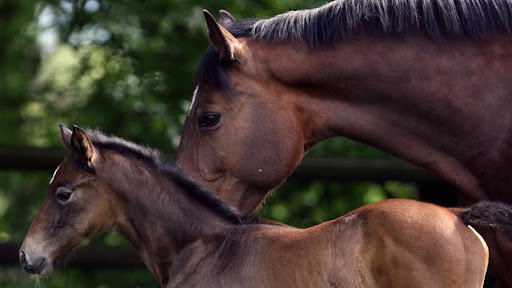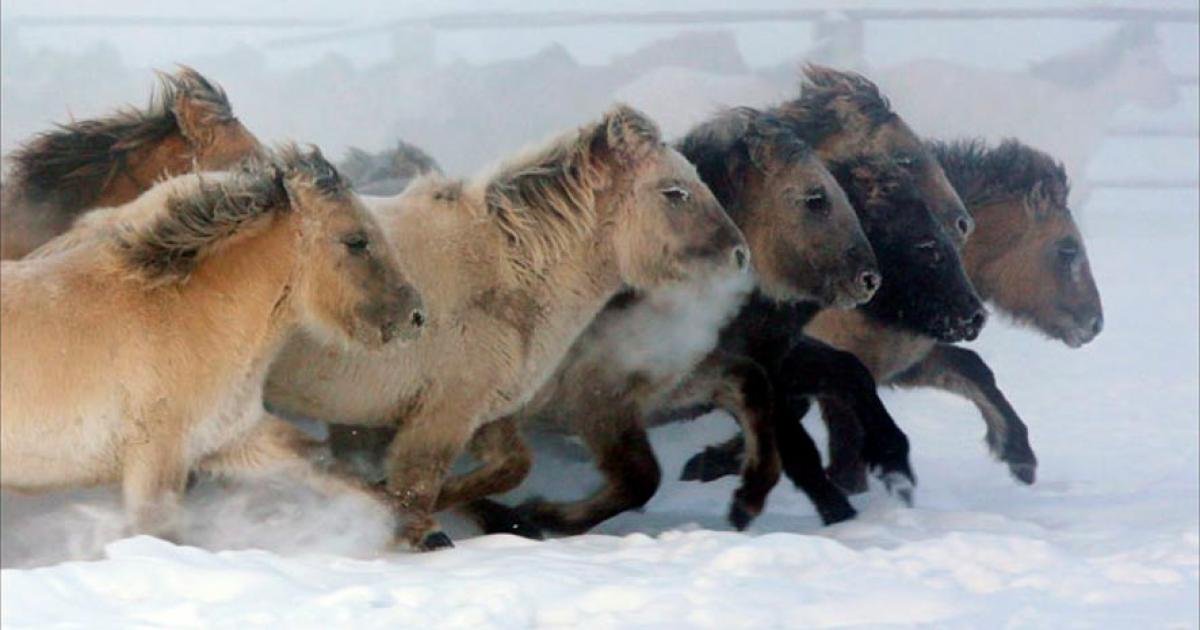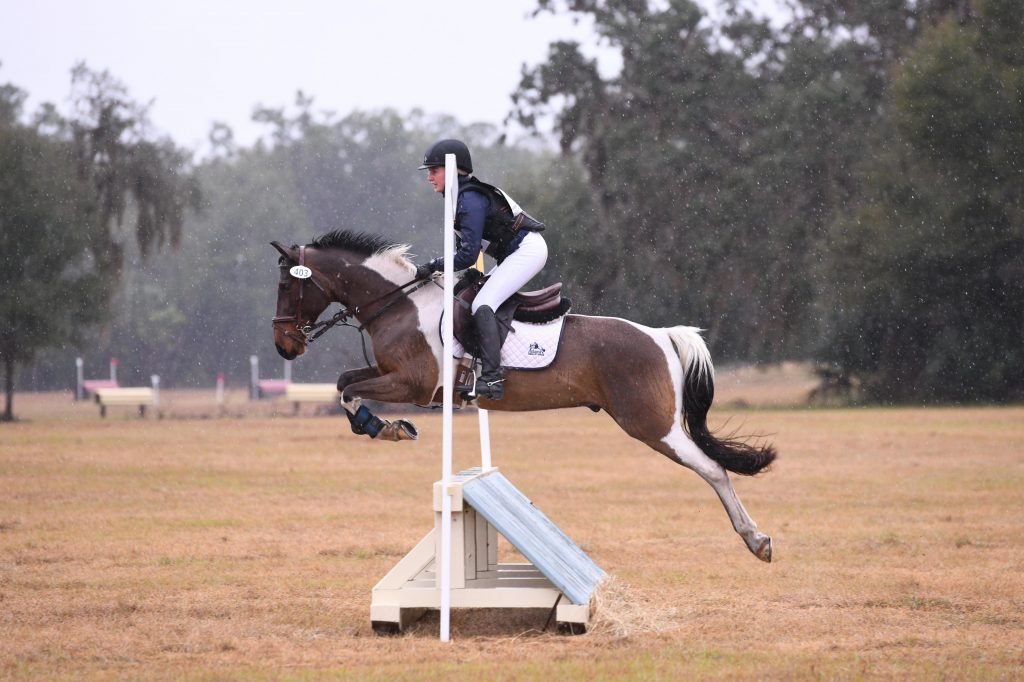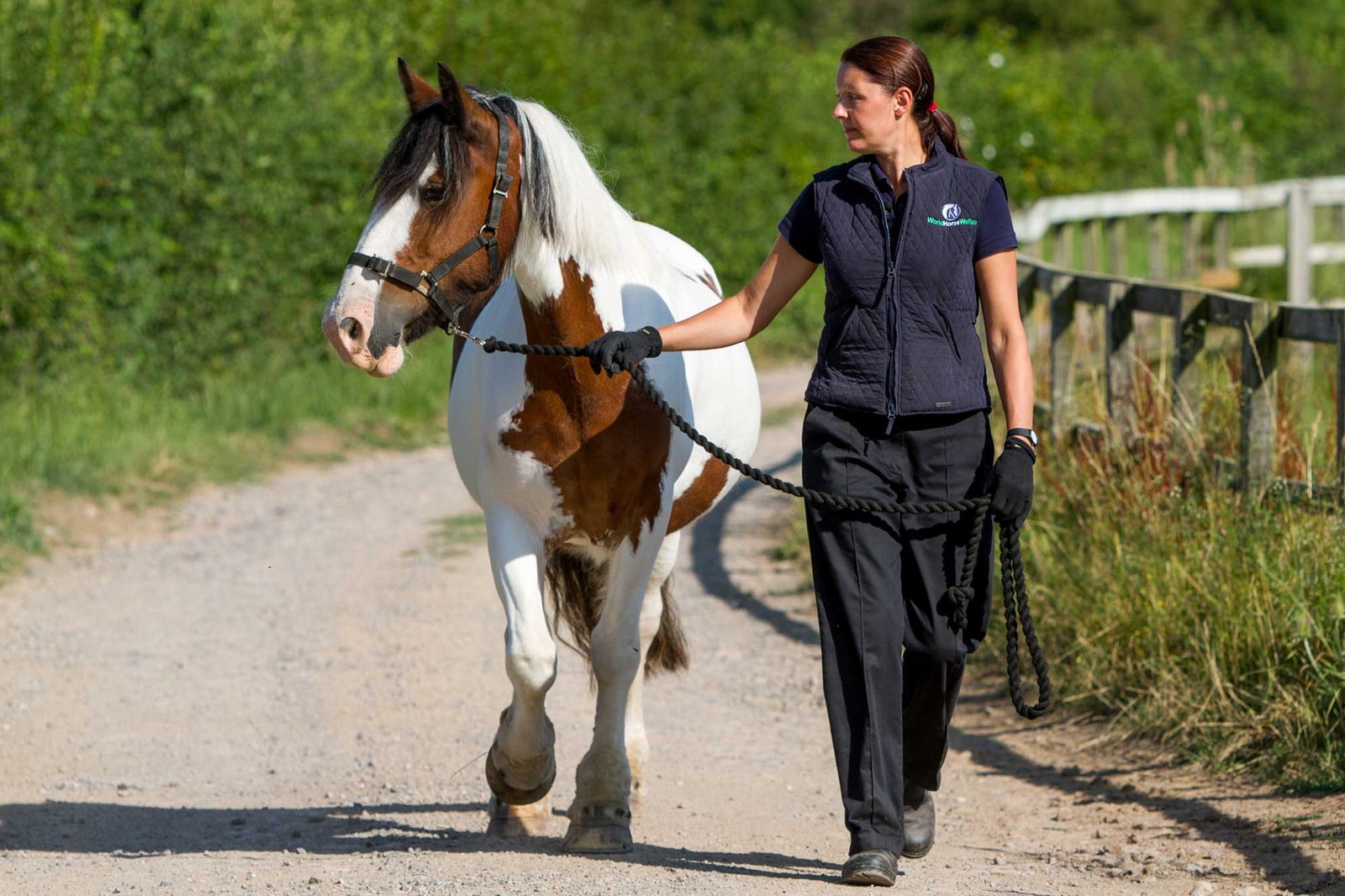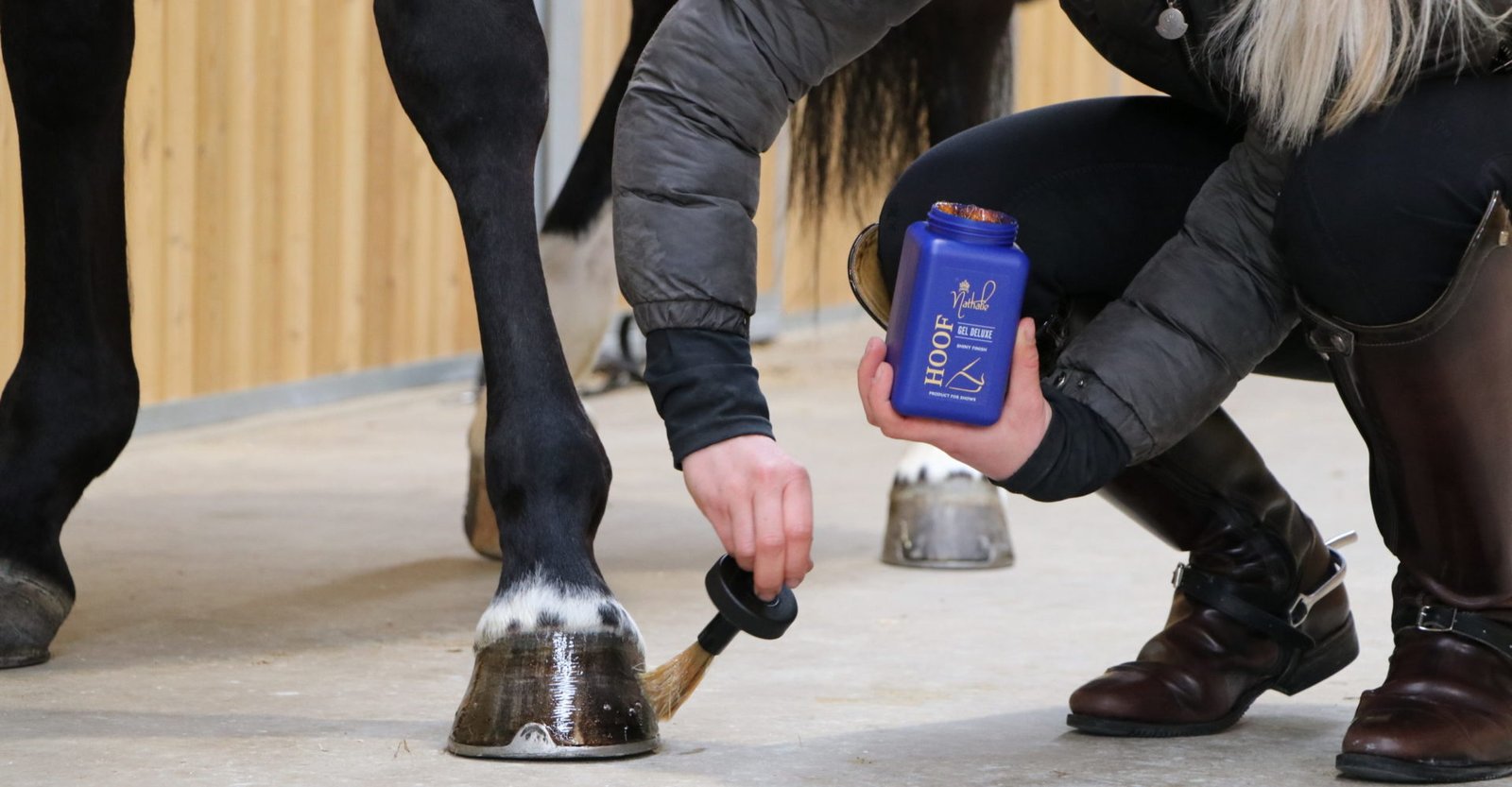Ponies, often beloved for their small stature and charm, have a rich and fascinating history. These equines, distinct from horses in size, build, and temperament, have evolved to adapt to challenging environments, making them invaluable to various cultures. Let’s explore the origins of ponies, their evolution, and the unique breeds that have emerged worldwide.
The Origins of Ponies
Ponies share a common ancestry with horses, tracing back to the ancient wild equines that roamed the steppes of Eurasia. These early equines, such as Equus ferus, adapted to harsh climates, scarce food, and rugged terrains. Over time, smaller and more resilient individuals thrived in these conditions, laying the foundation for what we now recognize as ponies.
The domestication of horses around 4000 BCE also played a role in pony evolution. Selective breeding for traits like strength, endurance, and temperament led to the development of distinct pony breeds suited to various tasks, from agricultural work to transportation. Unlike their larger horse counterparts, ponies were often favored in regions with limited resources, where their smaller size and lower maintenance needs were advantageous.
Characteristics of Ponies
Ponies are not just miniature horses; they have unique physical and behavioral traits. Typically standing under 14.2 hands (58 inches) at the withers, ponies have stockier builds, thicker manes and tails, and dense coats that protect them from harsh weather. Their hardy nature and intelligence make them adaptable and versatile. These traits have been further refined in different breeds, each suited to specific purposes.
Iconic Pony Breeds Around the World
1. Shetland Pony (Scotland)
The Shetland pony is one of the most well-known breeds, originating from the Shetland Islands in Scotland. These ponies are exceptionally sturdy, having adapted to the islands’ harsh climate and limited forage. Despite their small size—averaging just 7 to 11 hands—Shetland ponies are incredibly strong, capable of pulling heavy loads and working in mines. Their gentle demeanor also makes them popular with children and novice riders.

2. Connemara Pony (Ireland)
Hailing from the rugged landscapes of western Ireland, the Connemara pony is celebrated for its versatility, athleticism, and gentle nature. Standing between 12.2 and 14.2 hands, this breed excels in various disciplines, including show jumping, dressage, and trail riding. The Connemara pony’s roots trace back to Celtic and Viking influences, with infusions of Arabian and Spanish horse bloodlines enhancing its refinement and agility.
3. Fjord Pony (Norway)
The Norwegian Fjord pony is one of the oldest and purest breeds, dating back over 4,000 years. Known for its distinctive dun coloration and upright mane, the Fjord pony has played a significant role in Norwegian agriculture and transportation. These ponies are celebrated for their strength, docile temperament, and sure-footedness, making them ideal for farming and trekking in mountainous regions.
4. Exmoor Pony (England)
Native to the moorlands of southwestern England, the Exmoor pony is a rare and ancient breed. Its features, such as a short, stocky build, dense coat, and distinctive “toad eyes” (fleshy eyelid pads for protection against the elements), reflect its adaptation to harsh environments. Exmoor ponies are believed to be one of the closest living relatives to the wild horses that once roamed Europe.
5. Miniature Horse (Global)
While not technically ponies due to their refined horse-like proportions, miniature horses are worth mentioning for their size and appeal. Developed through selective breeding, they stand no taller than 38 inches. Miniature horses are popular as companion animals and therapy animals due to their gentle disposition and approachable size.
6. Basotho Pony (Lesotho)
The Basotho pony, native to the highlands of Lesotho in southern Africa, is a symbol of resilience. This breed has adapted to the rugged terrain and high altitudes of its home country, making it an essential part of local culture and transportation. Known for their endurance and sure-footedness, Basotho ponies are invaluable to the rural communities they serve.
The Role of Ponies in Human History
Ponies have significantly impacted human societies across the globe. In ancient times, they were indispensable for transportation, farming, and even warfare. Their ability to navigate rugged terrains made them essential in regions where larger horses struggled. Ponies were also valued for their companionship, serving as loyal and hardworking partners to humans.
In modern times, ponies have found new roles. They are popular in equestrian sports, including show jumping and driving competitions. Their friendly nature makes them ideal for therapy programs and introducing children to horseback riding. Additionally, many pony breeds have become cultural symbols, reflecting the heritage and traditions of their regions.
Conservation Efforts for Rare Pony Breeds
While some pony breeds thrive, others face the threat of extinction due to changing agricultural practices, urbanization, and loss of habitat. Organizations like the Rare Breeds Survival Trust and local breed societies work tirelessly to preserve endangered pony breeds. Conservation efforts often focus on promoting the cultural and historical importance of these animals, encouraging responsible breeding, and supporting sustainable uses for ponies in modern contexts.
Conclusion
The evolution of ponies is a testament to the resilience and adaptability of these remarkable animals. From the windswept Shetland Islands to the highlands of Lesotho, ponies have left an indelible mark on human history and culture. Their diverse breeds continue to captivate people around the world, blending beauty, strength, and charm. By celebrating and preserving these equines, we honor their legacy and ensure their place in the future.







